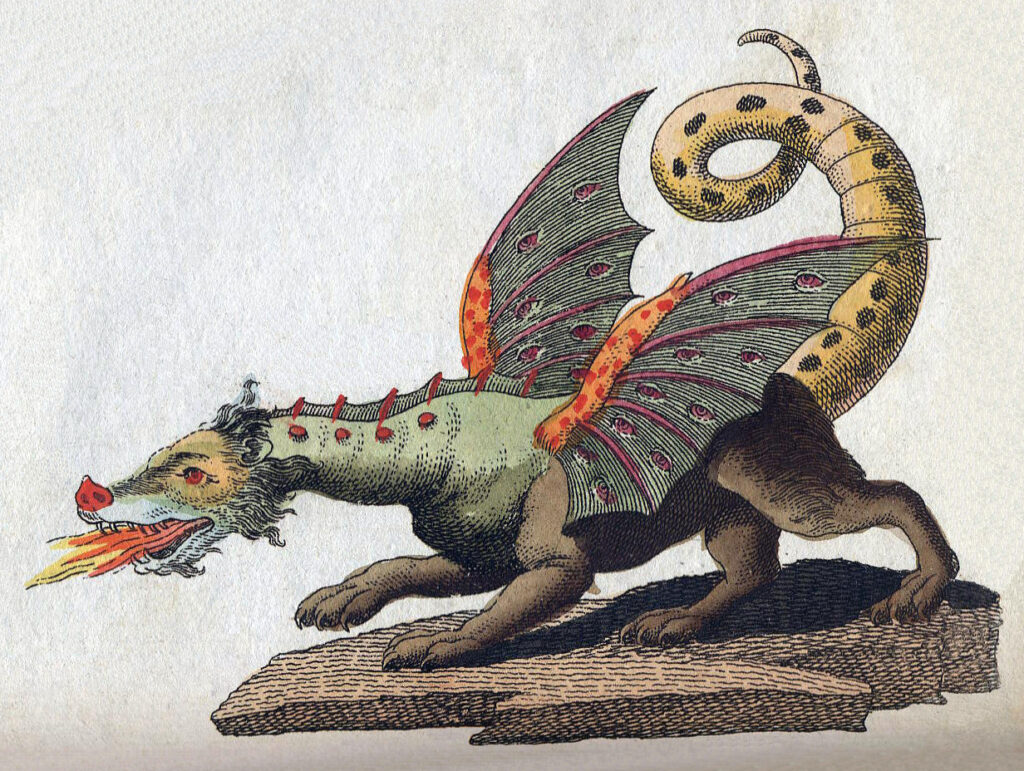When Jurassic Park roared into theaters in 1993, it forever changed how the public viewed dinosaurs, particularly the pack-hunting Velociraptors that stalked the kitchen and visitor center. These sleek, intelligent predators captured our imagination and instilled a healthy fear of extinct reptiles we never knew we needed. But how accurate was the film’s portrayal compared to what paleontologists have discovered? The answer lies somewhere between scientific fact and cinematic license—a fascinating blend that continues to evolve as new fossil evidence emerges. Let’s explore what Spielberg’s vision got right about these prehistoric predators and where Hollywood’s imagination took creative liberties with the scientific record.
The Size Discrepancy: Hollywood’s Supersized Raptors

Perhaps the most obvious inaccuracy in Jurassic Park was the size of its Velociraptors. The real Velociraptor mongoliensis stood only about 1.6 feet (0.5 meters) tall at the hip and measured roughly 6.8 feet (2 meters) in length, with much of that being tail. These dinosaurs weighed approximately 33 pounds (15 kg)—about the size of a modern turkey or medium-sized dog. The film’s raptors, by contrast, stood around 6 feet tall and were much more massive, making them far more intimidating on screen. Interestingly, this size discrepancy wasn’t entirely Hollywood fiction; the filmmakers based their raptors on Deinonychus, a larger dromaeosaurid, but kept the more dramatic name “Velociraptor.” Shortly after the film’s production, paleontologists discovered Utahraptor, an even larger raptor species that more closely matched the film’s depiction—a fortunate coincidence that partially vindicated the creative decision.
Feathered Reality vs. Scaly Fiction
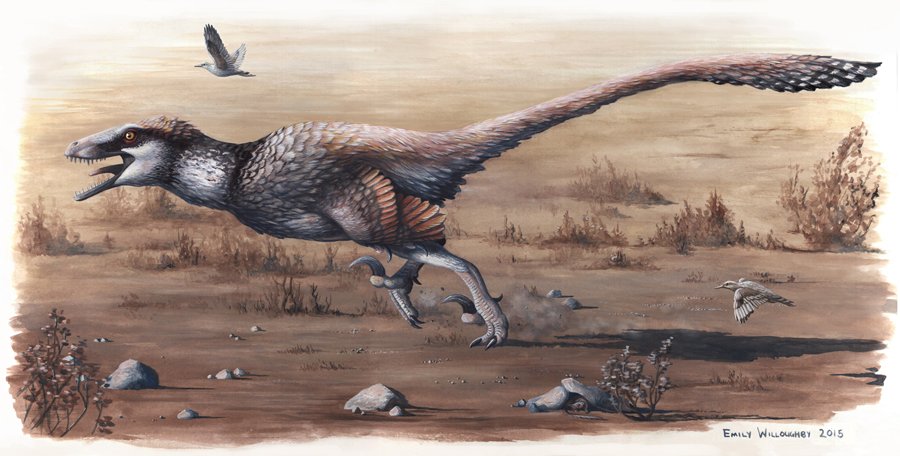
The most significant scientific inaccuracy in Jurassic Park’s raptor portrayal was the complete absence of feathers. When the film was made in the early 1990s, the evidence for feathered dinosaurs was limited, but in the decades since, the fossil record has definitively shown that dromaeosaurids—the family including Velociraptor—were covered in feathers, not scales. Discoveries like the remarkably preserved Microraptor and Sinornithosaurus revealed not just simple feathery coverings but complex plumage including wing-like structures on both arms and legs. Modern scientific reconstructions show Velociraptors with a coat of feathers covering most of their bodies, with particularly pronounced feathers on their arms, forming primitive wings. These weren’t for flight but likely played roles in display, insulation, and possibly helping to stabilize the animals during high-speed pursuits or while maneuvering to subdue prey. The subsequent Jurassic World films acknowledged this scientific advancement in dialogue but maintained the featherless look for continuity.
Intellectual Capabilities: Were Raptors Really That Smart?

Jurassic Park’s raptors displayed remarkable intelligence, able to solve problems, coordinate attacks, and even open doors. While this made for thrilling cinema, it also contained kernels of scientific truth. Paleontologists have estimated that Velociraptors had among the highest brain-to-body mass ratios of any dinosaur, suggesting relatively advanced cognitive abilities compared to other dinosaurs of their era. Studies of endocasts—models of brain cavities—indicate enlarged cerebral hemispheres associated with more complex behaviors. However, the film likely exaggerated these capabilities significantly. Even the smartest non-avian dinosaurs probably had intelligence comparable to modern reptiles or perhaps some birds, not the near-human reasoning displayed in the movie. The famous door-opening scene, while terrifying, represents a level of problem-solving beyond what the fossil evidence supports. That said, Velociraptors were almost certainly among the most intelligent dinosaurs of the Mesozoic, making them formidable predators even without Hollywood’s cognitive enhancements.
Pack Hunting Behavior: Social Dinosaurs

One aspect Jurassic Park got remarkably right was depicting Velociraptors as pack hunters. Multiple fossil sites have provided compelling evidence that dromaeosaurids hunted in coordinated groups. The most famous example comes from multiple Deinonychus specimens found together with the remains of a single Tenontosaurus, suggesting they attacked larger prey as a unit. More recent discoveries in Mongolia have strengthened this hypothesis, showing multiple Velociraptor fossils preserved in close proximity. The social dynamics portrayed in the film—with apparent leadership hierarchies and coordinated attack strategies—have some basis in modern analogs like wolves and hunting birds of prey. These social structures would have made even the modestly-sized real Velociraptors formidable predators capable of taking down animals much larger than themselves. The film’s depiction of raptors using diversionary tactics to distract prey while others attack from the flanks represents sound predatory strategy observed in multiple modern pack hunters, making it a plausible, if speculative, portrayal of raptor hunting methods.
Vocalization: The Truth Behind Raptor Communication

The distinctive vocalizations of Jurassic Park’s Velociraptors—from their screeching calls to their terrifying barks and hisses—were among the most memorable elements of the film. In reality, paleontologists can only make educated guesses about how these animals sounded. The film’s sound designers created the raptor calls by combining recordings of several modern animals, including dolphins, walruses, geese, and tortoises. More recent scientific research suggests that, given their likely close relationship to birds, Velociraptors probably made sounds more reminiscent of modern avian predators—perhaps similar to hawks or eagles—rather than the reptilian sounds featured in the film. Some paleontologists believe that dromaeosaurids may have had resonating chambers in their skulls that could have produced distinctive calls useful for communication during hunts or territorial displays. While we’ll never know exactly what these animals sounded like, the film’s portrayal of raptors using varied vocalizations to communicate within their pack does align with what we understand about social predator behavior.
The Killing Claw: Predatory Adaptations
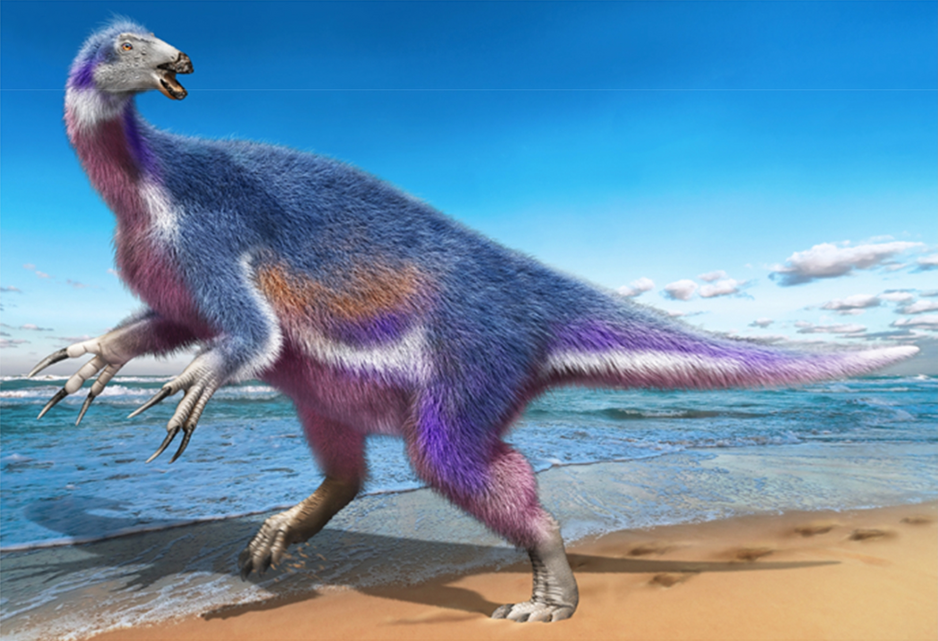
Jurassic Park accurately highlighted one of the Velociraptor’s most distinctive features—the enlarged sickle-shaped claw on the second toe of each foot. In the film, Dr. Alan Grant dramatically demonstrates how these claws were used to “disembowel” prey. While the presence of this specialized claw is scientifically accurate, its exact function has been debated among paleontologists. The traditional view, reflected in the film, suggested these claws were slashing weapons used to tear open the bellies of larger prey. However, more recent biomechanical studies indicate the claw was more likely used as a piercing weapon, helping to immobilize prey while the raptor’s jaws delivered killing bites. The curved shape would have allowed the claw to hook into prey, preventing escape while minimizing the risk of the claw breaking during struggles. Some researchers have compared this hunting strategy to that of modern eagles, which use their talons to pin down prey rather than for disembowelment. This subtle distinction doesn’t diminish the effectiveness of these formidable weapons but suggests a more sophisticated hunting technique than the simple slashing portrayed in the film.
Habitat and Range: Where Raptors Really Lived
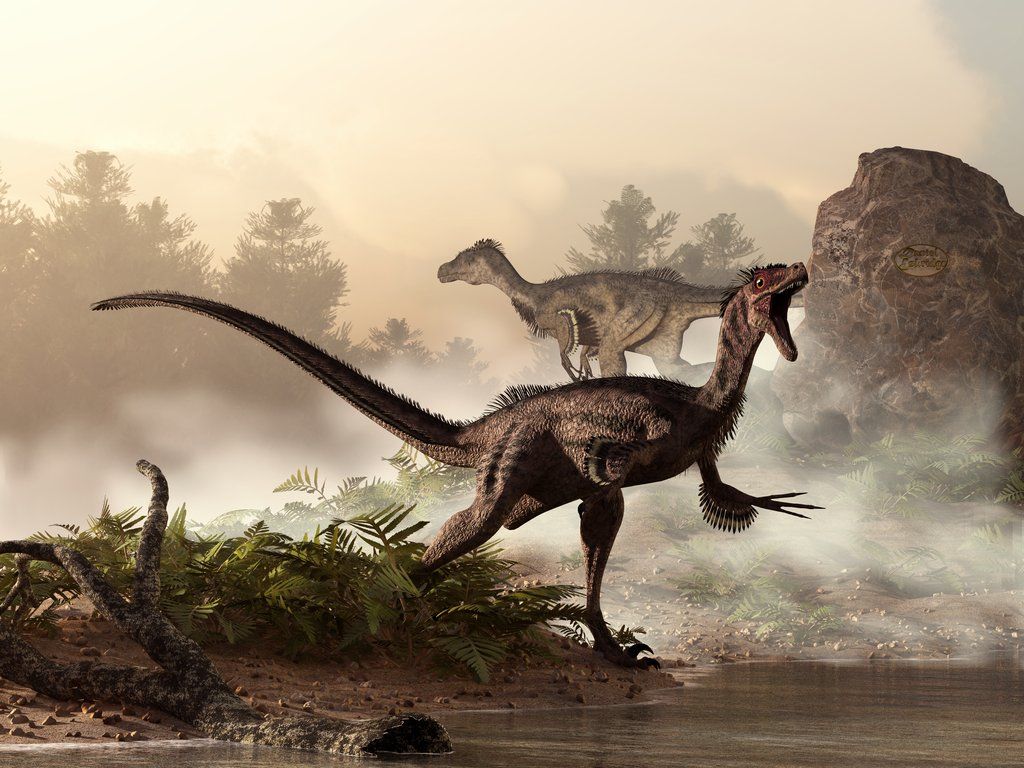
Jurassic Park placed its Velociraptors in a tropical setting on the fictional Isla Nublar off Costa Rica—a habitat quite different from where these dinosaurs actually lived. The real Velociraptor mongoliensis inhabited what is now the Gobi Desert of Mongolia during the Late Cretaceous period, approximately 75-71 million years ago. This environment was not the lush jungle depicted in the film but rather a semi-arid environment with seasonal rainfall, dotted with streams and forests. The related Deinonychus, which more closely resembled the film’s raptors in size, lived in what is now the western United States during the Early Cretaceous period (about 115-108 million years ago). This region featured floodplains and forests but was still quite different from the tropical island setting of the movie. While the film’s setting created a perfect isolated laboratory for genetic experimentation, it represented a significant departure from the actual habitats where these predators evolved and thrived. The environmental pressures of these real habitats shaped raptor adaptations in ways that made them perfectly suited to hunting in their native ecosystems rather than tropical jungles.
Speed and Agility: How Fast Could Raptors Really Move?
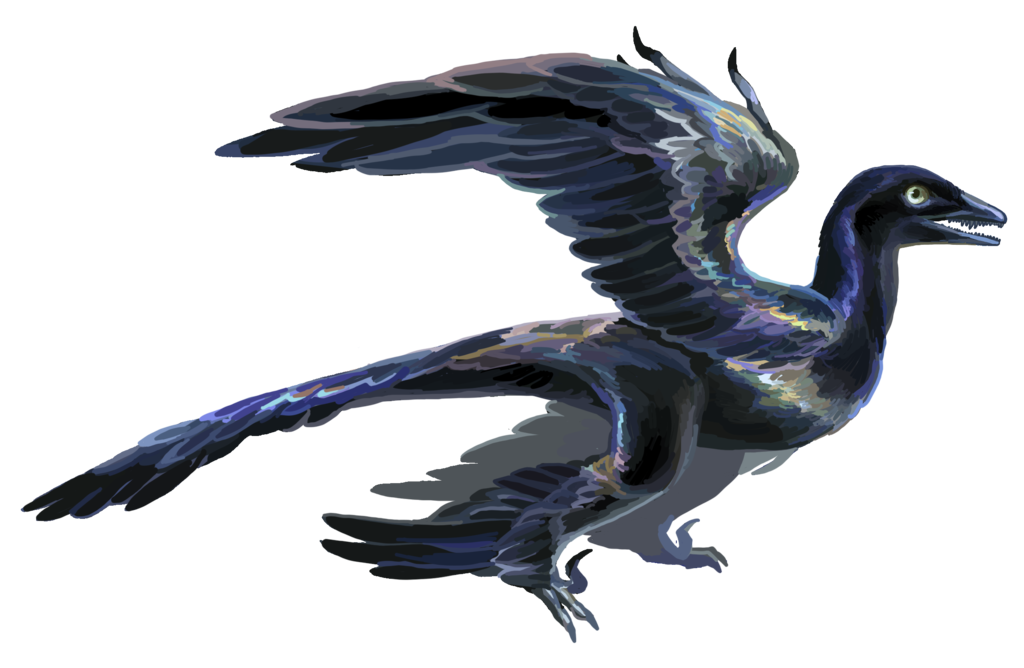
The film portrayed Velociraptors as extraordinarily fast and agile hunters, capable of outrunning humans and making spectacular leaps. This aspect of their portrayal aligns reasonably well with scientific understanding. Biomechanical studies of Velociraptor skeletons suggest they were indeed built for speed and maneuverability. Their lightweight frames, long legs, and stiffened tails that acted as counterbalances all point to animals adapted for rapid pursuit and quick directional changes. Estimates vary, but most paleontologists believe Velociraptors could reach speeds of approximately 24-40 mph (40-65 km/h)—comparable to modern ostriches and significantly faster than the fastest human sprinters. Their low-slung posture, with the body balanced over the hips and the tail extended for counterbalance, would have given them excellent stability during high-speed turns. The movie’s depiction of their agility, including their ability to leap considerable distances, is supported by the fossil evidence of powerful hind limbs and a skeletal structure optimized for dynamic movement. In this regard, Jurassic Park’s high-speed kitchen chase scene, while dramatized, captured the essence of what made these predators so formidable.
Breeding Capabilities: The “Life Finds a Way” Dilemma
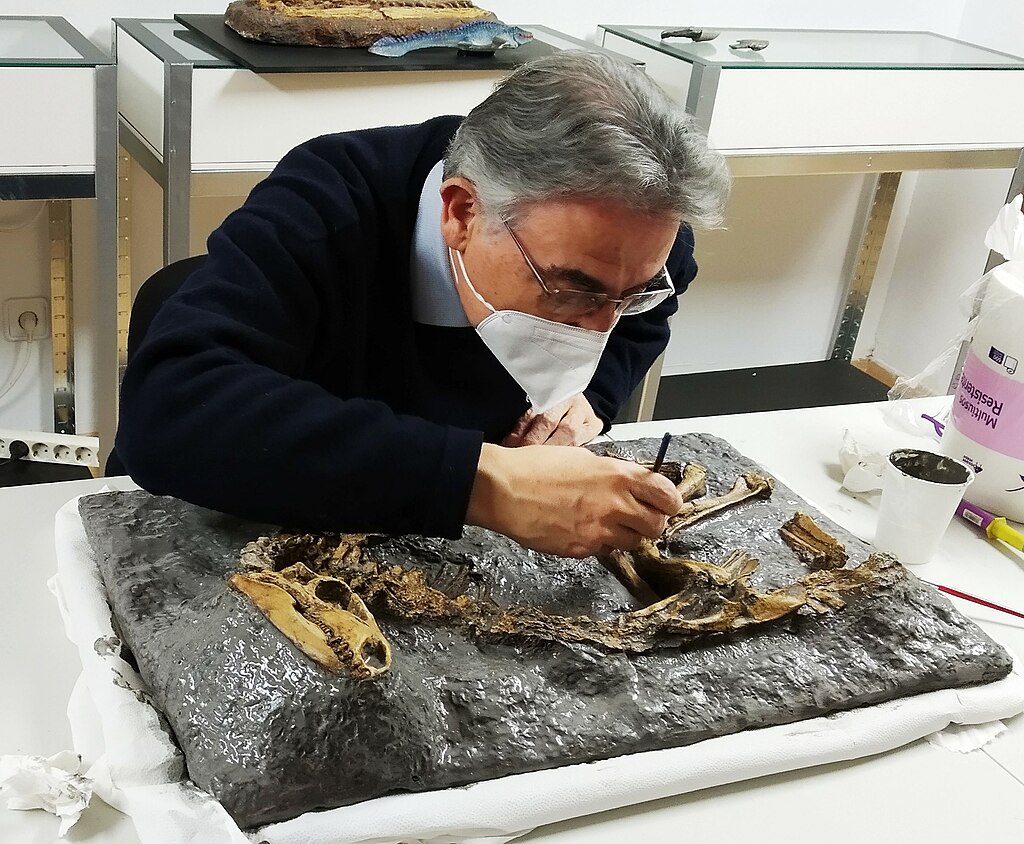
A pivotal plot point in Jurassic Park involves the discovery that the supposedly all-female dinosaur population had begun breeding, with Dr. Ian Malcolm’s famous line “life finds a way” explaining this unexpected development. The film attributes this to the use of frog DNA to fill gaps in the dinosaur genome, allowing for sex changes similar to those observed in some amphibian species. From a scientific perspective, this scenario contains both plausibilities and improbabilities. Some modern reptiles, including certain crocodilians and lizards, can indeed reproduce through parthenogenesis—a form of asexual reproduction where females produce offspring without fertilization. However, the specific mechanism described in the film—spontaneous sex changes in a population—would be highly unlikely. The film’s use of amphibian DNA as the explanation is creative but problematic, as dinosaurs are much more closely related to birds than to frogs. More realistic would have been the inclusion of bird or crocodilian DNA, the closest living relatives to dinosaurs. Nevertheless, the broader theme of the unpredictability of complex biological systems resonates with real scientific concerns about genetic engineering and biological containment.
Hunting Methods: Beyond the Pounce

Jurassic Park portrays raptors as ambush predators, lurking in concealment before explosively attacking their prey. While this makes for dramatic cinema, paleontological evidence suggests a more nuanced hunting strategy. The long legs and specialized feet of Velociraptors indicate they were likely pursuit predators rather than pure ambush hunters. Their skeletal structure suggests they excelled at sustained running and maneuvering to exhaust prey over distance. The physical evidence, including the infamous sickle claw and powerful jaws lined with serrated teeth, points to a hunting style that likely combined elements of pursuit and grappling. Once they caught up to prey, raptors probably leaped onto larger animals, using their claws to maintain hold while delivering precise bites to vulnerable areas. Smaller prey might have been dispatched more directly with the powerful jaws. Fossil evidence of a Velociraptor locked in combat with a Protoceratops shows the raptor using its foot claw to attack the neck region, not the abdomen as suggested in the film. This fossil pair, preserved as they died in a sandstorm or collapsing dune, provides rare direct evidence of actual predatory behavior rather than theoretical reconstructions.
Sensory Abilities: Vision, Smell, and Hearing
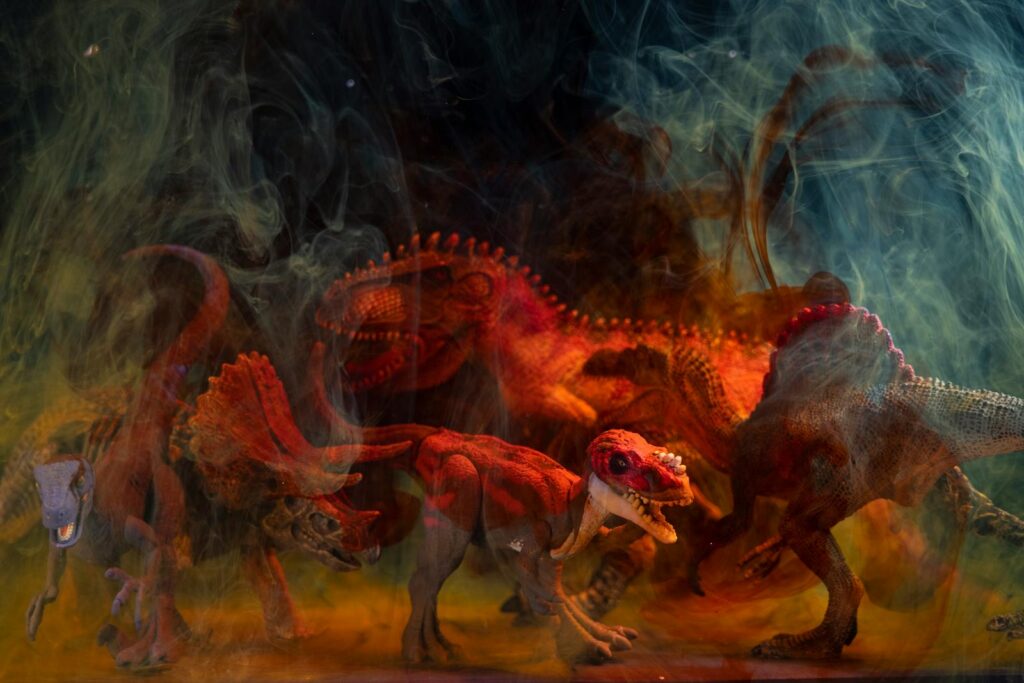
The movie depicts raptors with excellent vision and acute senses, a portrayal that generally aligns with scientific understanding. Skull analysis indicates Velociraptors had large orbits (eye sockets) positioned on the sides of their heads, providing good peripheral vision advantageous for detecting movement—a trait common in prey animals but also useful for hunters scanning their environment. Their brain endocasts suggest well-developed optic lobes, supporting the likelihood of keen vision. The film’s famous scene where the raptor’s eye dilates upon detecting movement is dramatically effective but somewhat anthropomorphic; dinosaur eyes likely functioned more like those of modern birds or reptiles. Regarding olfactory abilities, brain casts indicate Velociraptors had reasonably developed olfactory bulbs, suggesting a sense of smell that, while not as acute as specialized scavengers like Tyrannosaurus rex, would have been serviceable for hunting. Their inner ear structures point to good hearing capabilities as well, though probably not the almost supernatural acoustic awareness sometimes suggested in the film. Overall, Velociraptors were likely well-equipped with a balanced set of sensory tools that made them effective hunters in their natural environment.
Evolutionary Relationships: Birds and Dinosaurs

One of Jurassic Park’s most scientifically accurate elements was its portrayal of the evolutionary connection between dinosaurs and birds. In the film, Dr. Alan Grant repeatedly draws parallels between raptor behavior and that of modern birds, even suggesting that “dinosaurs never went extinct” but rather evolved into birds. This perspective was relatively cutting-edge when the film was released in 1993 and has been increasingly validated by subsequent fossil discoveries. The discovery of numerous feathered dinosaurs in China’s Liaoning Province in the years following the film’s release provided irrefutable evidence of the dinosaur-bird connection. Modern paleontologists now widely recognize birds as a surviving lineage of theropod dinosaurs, with dromaeosaurids like Velociraptor being among their closest non-avian relatives. The film’s portrayal of raptor behavior drawing on bird analogues—including their movement patterns, social interactions, and even the way they cock their heads when curious—represented sound scientific reasoning. While the film didn’t show feathered dinosaurs, its thematic emphasis on the dinosaur-bird connection helped introduce this important evolutionary concept to popular consciousness, presaging what would become one of the most significant paradigm shifts in modern paleontology.
Legacy and Impact on Paleontology

Jurassic Park’s influence on both public perception and professional paleontology cannot be overstated. The film sparked what paleontologists call the “Jurassic Park effect”—an unprecedented surge in public interest in dinosaurs and paleontology. University programs reported significant increases in enrollment following the film’s release, and research funding saw corresponding boosts. Many of today’s professional paleontologists cite the film as their initial inspiration. Despite its scientific inaccuracies, the movie depicted dinosaurs as dynamic, active animals rather than the sluggish reptiles of earlier portrayals. This shifted both public and scientific discourse toward viewing dinosaurs as sophisticated, behaviorally complex creatures. The film’s raptors, in particular, became cultural icons that spurred scientific debate and research into dromaeosaurid behavior and capabilities. Paleontologists have repeatedly referenced the film when explaining new discoveries to the public, using it as a touchstone for comparing scientific reality to popular perception. Even when pointing out the film’s inaccuracies, researchers acknowledge its role in generating enthusiasm for paleontology and creating a framework for public understanding that could be refined through subsequent scientific education. Few scientific films have had such a profound impact on their field of study, making Jurassic Park’s raptors significant not just for what they got right or wrong, but for inspiring generations to discover the truth for themselves.
Conclusion

The Velociraptors of Jurassic Park occupy a unique space between scientific speculation and Hollywood imagination. While the film took significant liberties with their appearance—most notably their size and lack of feathers—it captured many behavioral and evolutionary concepts that align with paleontological evidence. The social hunting, intelligence, speed, and bird-like characteristics portrayed on screen have solid foundations in the fossil record, even if they were sometimes exaggerated for dramatic effect. As our understanding of these fascinating predators continues to evolve with new discoveries, the film’s legacy remains both as entertainment and as a cultural milestone that forever change




